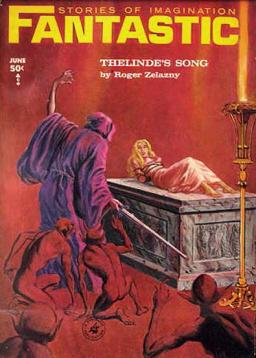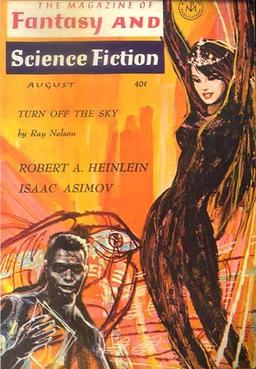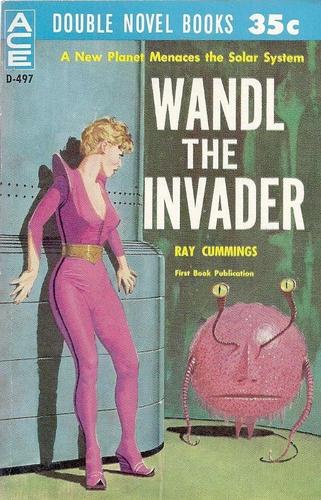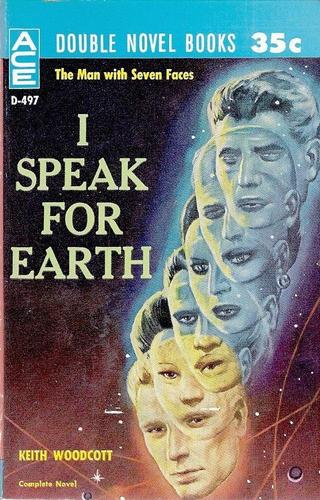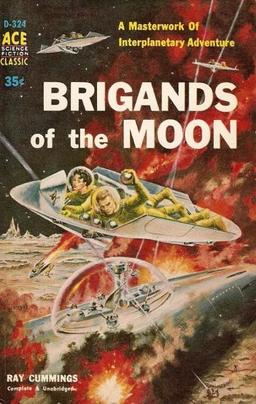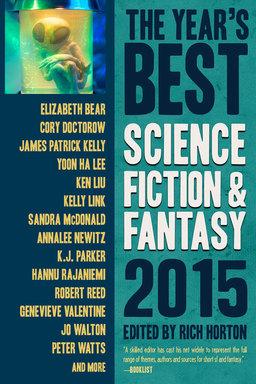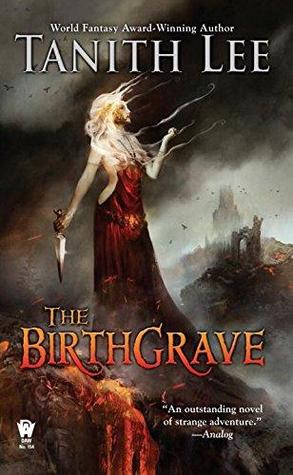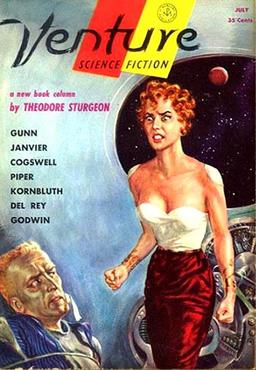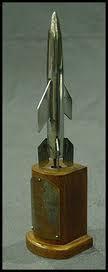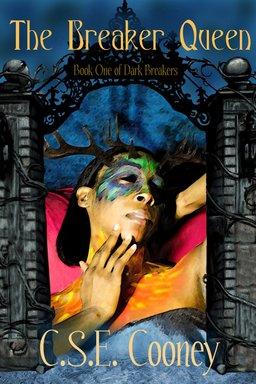Aztec Empires, Amazons, and the Spanish Armada: Rich Horton on John Brunner’s Times Without Number
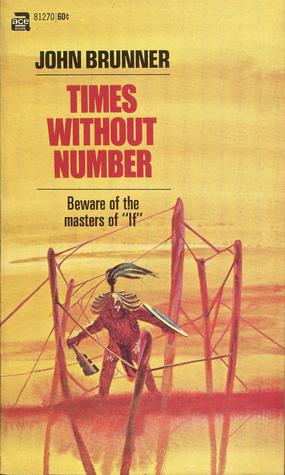 |
 |
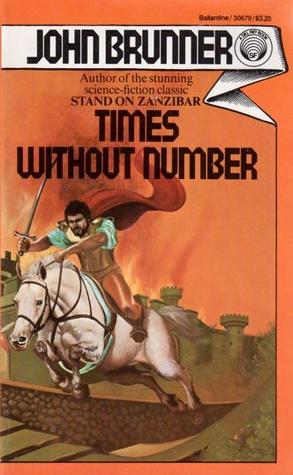 |
In addition to his reviews here at Black Gate, Rich Horton has been quietly reviewing neglected SF and fantasy classics on his own blog, Strange at Ecbatan, to great effect for the past few years. We recently highlighted one of his more intriguing choices, the 1961 Ace Double Wandl the Invader/I Speak For Earth.
This month he turns his attention to another neglected John Brunner masterwork, the 1962 fix-up novel Times Without Number, originally published as an Ace Double in 1962 (cover here).
This is one of my favorite time travel/alternate history novels, and it’s a novel that to my mind does not get the notice it deserves… This book is about Don Miguel Navarro of the Society of Time. It is set in an alternate 1988/1989 in which the Spanish Armada succeeded, and established an Empire. The Moors reconquered Spain, but much of Western Europe, including England, remained under Spanish rule, and the independent Mohawk nation in North America was also allied to the Empire. In 1892 the secret of time travel was discovered, and under the auspices of the Pope the Society of Time was established…
